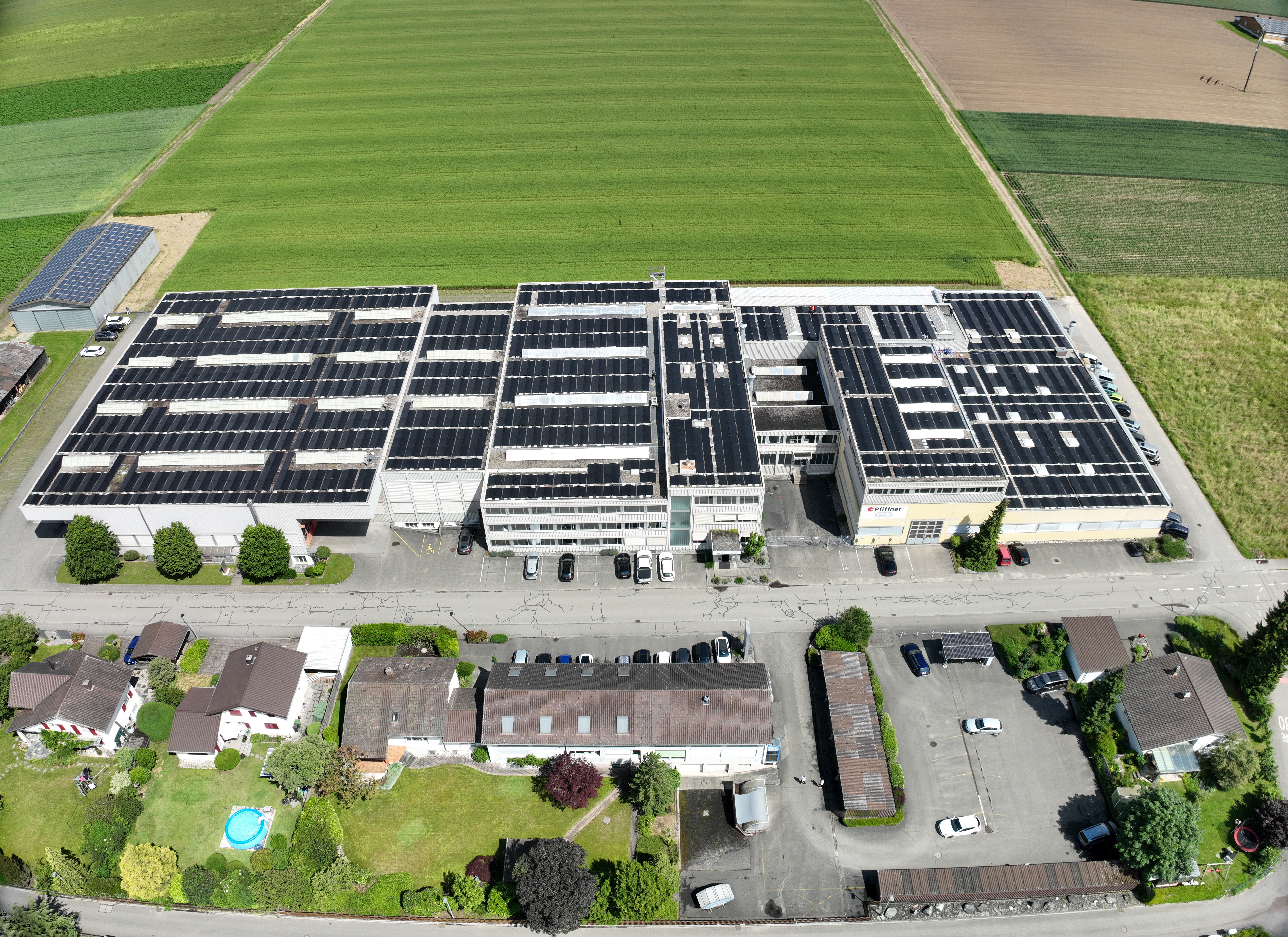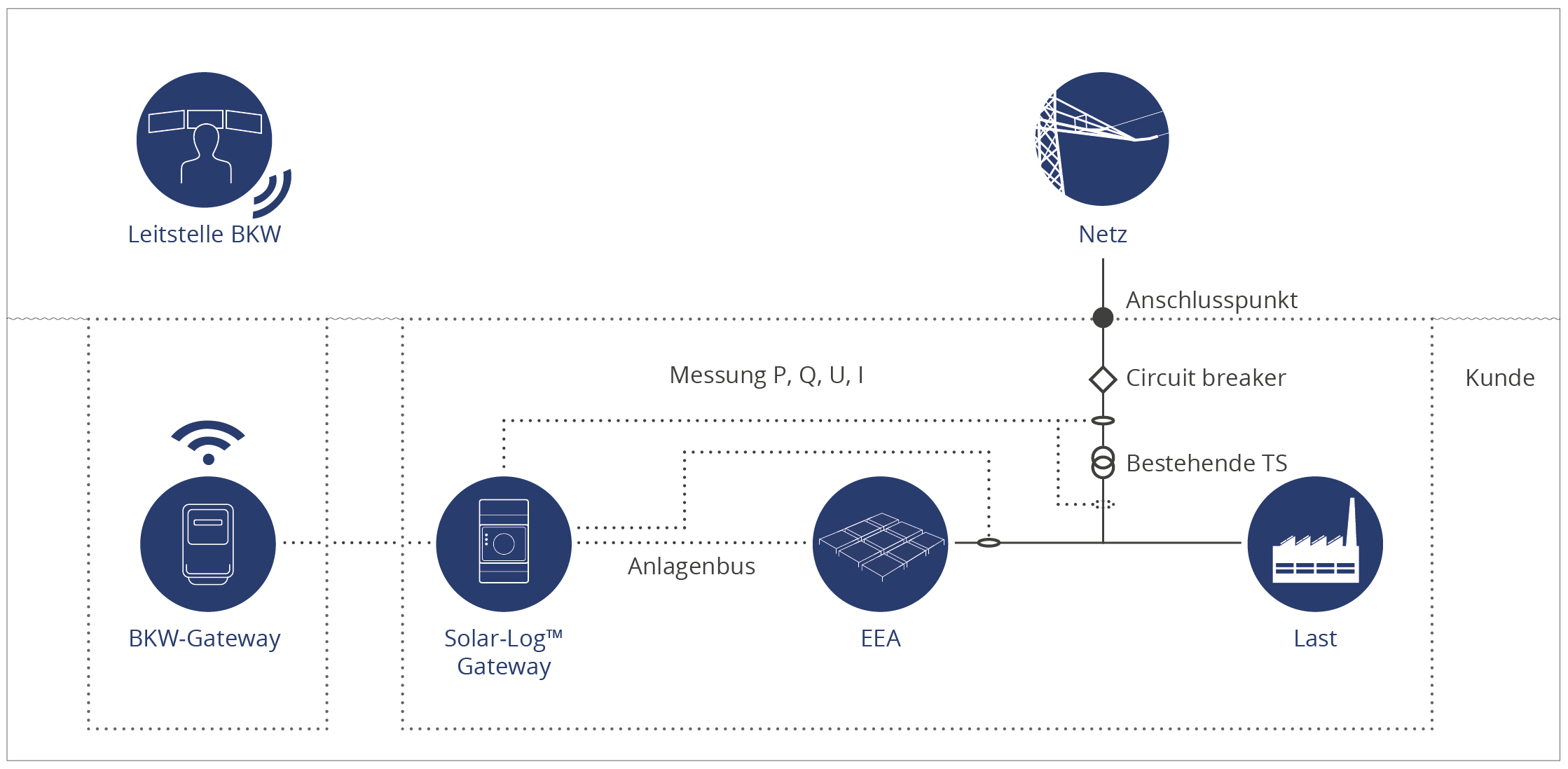More about Solar-Log™
At the beginning of the 2000s, we started our activities in the field of solar energy as pioneers. Looking to the future, we recognized even then the increasing importance of alternative energy sources.
In view of the finiteness of fossil energy sources and the emerging increase in energy demand, we set the course for ourselves. In order to secure an independent power supply with photovoltaics, we continuously pushed the development of innovative and customer-specific energy system solutions.
Today, as an independent partner, we enable companies worldwide to efficiently and profitably manage the energy of their photovoltaic systems with reliable monitoring, and high-quality "Made in Germany" products. By these means, we are able to support them in making an active contribution to the energy turnaround and to protecting the environment.



